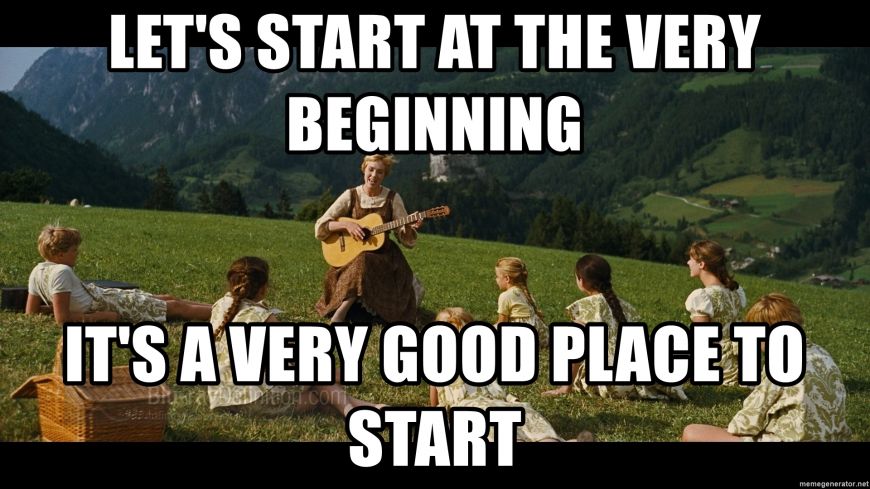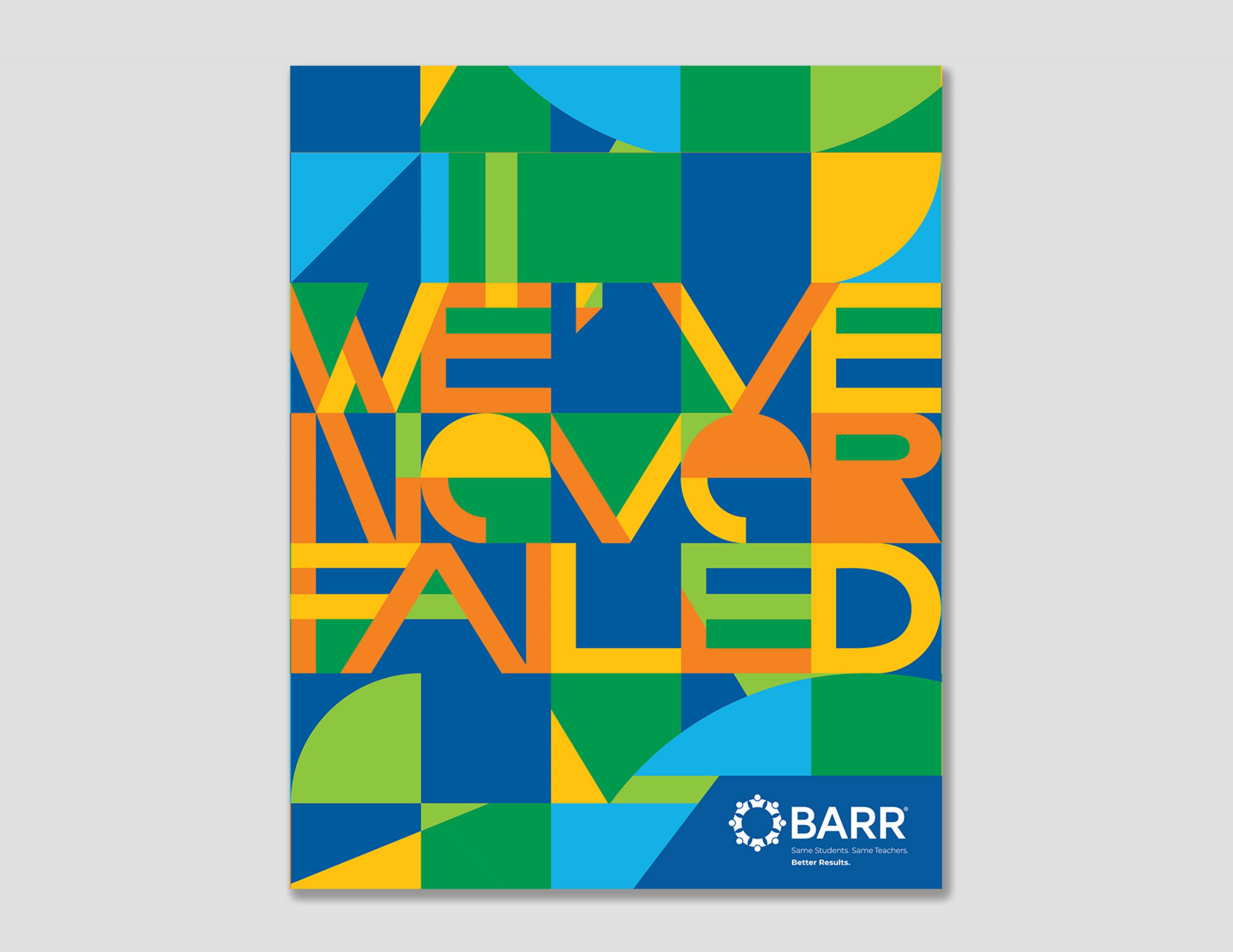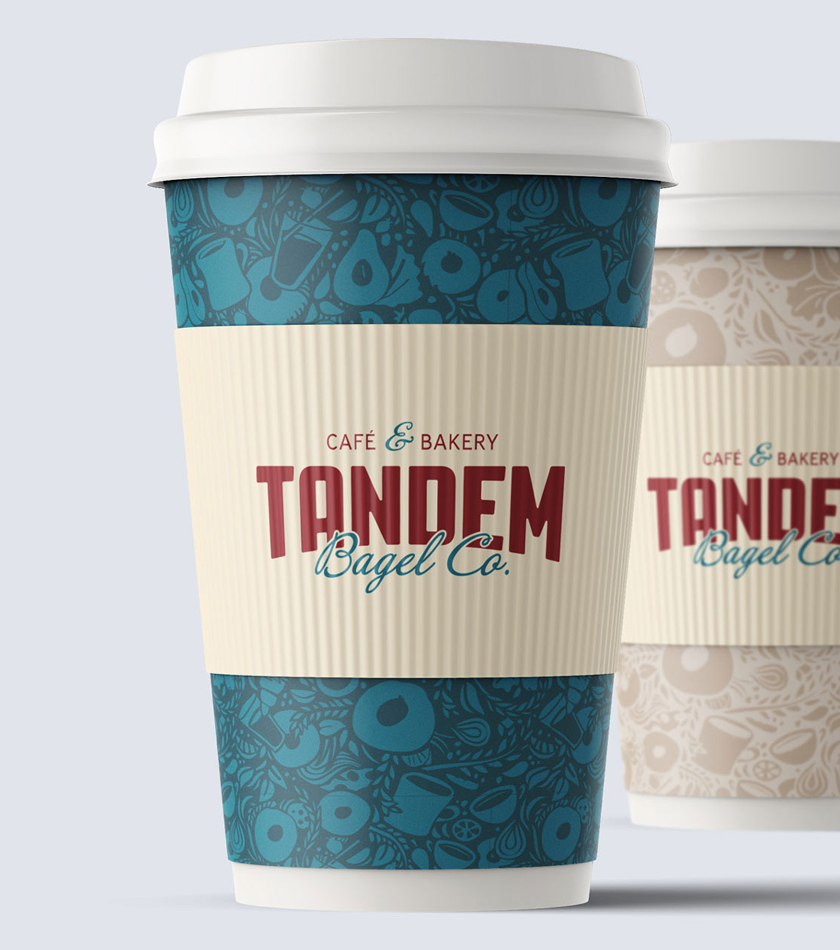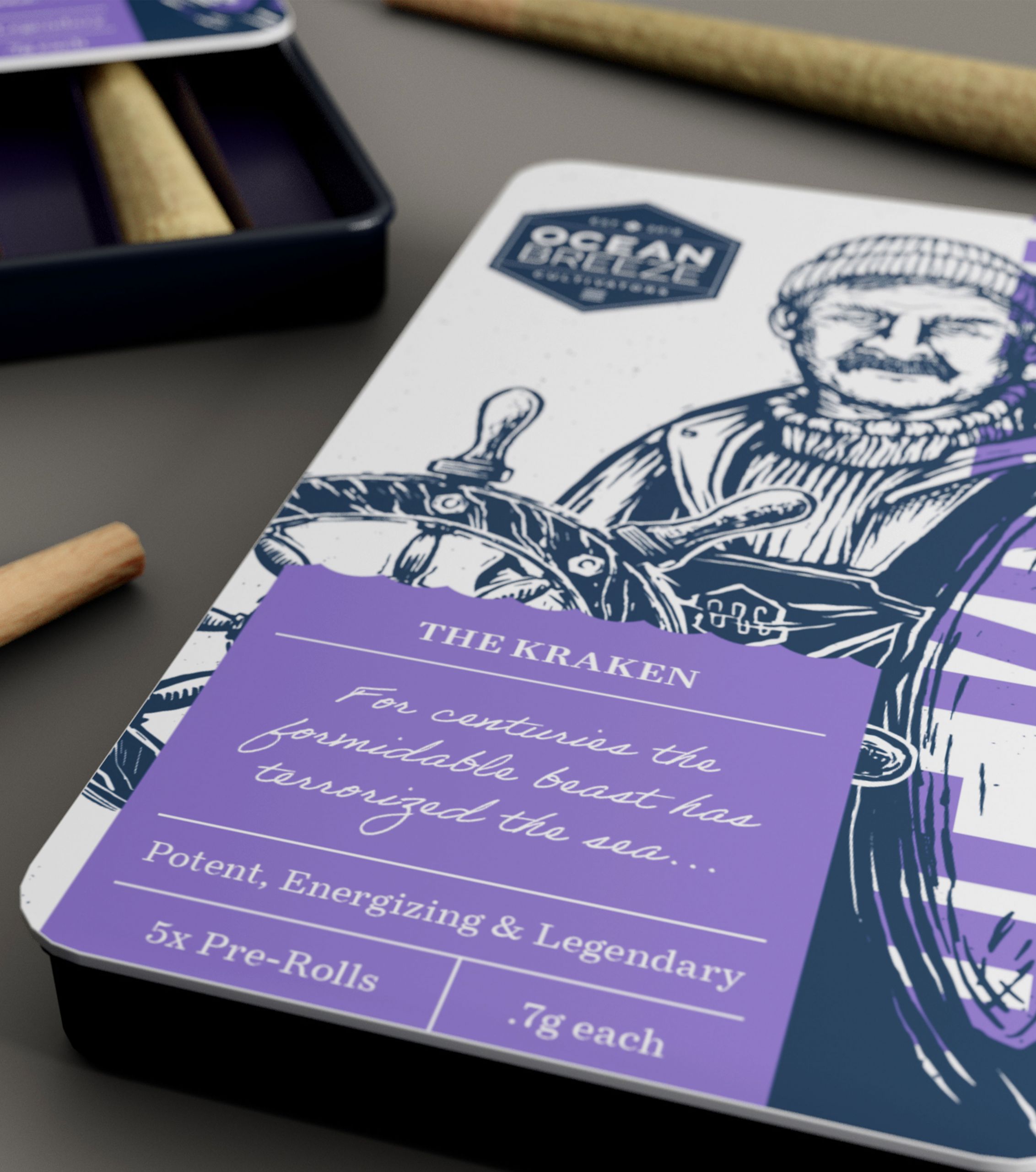Want to delight your customers? You need an omnichannel approach to marketing.

One of the things we do best at BRIGADE is help big brands come up with omnichannel campaigns that speak to their target audiences and inspire action.
What’s an omnichannel campaign, you ask? It’s the development of a big picture idea that can be delivered to customers on every platform, channel, and device. To be successful, that idea has to be translated to connect with your target market ON the specific platforms they frequent — a number that’s growing every year. The fact is, consumers are channel and platform jumping, going from a brand’s website to their social media accounts, over to the podcast and back again (consumers use an average of six touchpoints when making a purchase, with nearly 50% regularly using more than four). And they’re demanding seamless integration while they do it. Gen Z consumers don’t think in terms of traditional channel boundaries, and they’re increasingly evaluating brands based on the seamlessness of their experience.
According to Harvard Business Review, 73% of consumers use more than one channel during their shopping journey. And what’s more — omnichannel customers spend 4% more in store and 10% more online than single-channel customers. For every additional channel they use, the amount of money they spend goes up. Without this comprehensive approach, you’re leaving money and consumer loyalty on the table.
So where does one begin developing a campaign like this? In the place you start anything — at the very beginning.

The first step is to get really clear on the foundational pillars of the brand.
What is the goal of this campaign? What benchmarks are we helping our clients reach, and to what end? Who is the target? What do they care about, and where do they spend time? Which social platforms do they frequent? What other brands do they love? Is there something delightful we can do at retail that will make them stop and engage with our display?
With an omnichannel strategy, you find the answers to these questions and then act on them, with the goal of providing an experience to consumers that’s streamlined and consistent, no matter where or how they experience it.
To provide some show with our tell, we’ll give you a real-world example of a brand that has perfected the omnichannel approach.
The champion (in our eyes) of this type of marketing approach — is Target. Ever heard of ‘em? Considering 75% of the U.S. population lives within 10 minutes of a Target, let’s assume you’ve heard of them, shopped with them, and have used the moniker “Tarjay” at least once in your life. The thing about Target, is that the brand looks, sounds, and feels the same – no matter where you interact with it. On every platform, and every channel, there’s an undeniable (and inescapable) Target vibe that follows you around, from the obvious color scheme to the not-so-obvious way you navigate the store and engage with the products.
Why is this good? Because the consistency in experience helps consumers trust you. They know who you are, what you’re selling, and how the brand fits into their lives. This is key to brand loyalty.
The other key to developing loyal consumers? Making their lives easier. In 2017, Target partnered with Pinterest, adding their visual search tool to the Target app. This genius move gave consumers a way to snap a photo of something they like in ANOTHER store, and find out whether Target has something similar they can purchase.
This is marketing gold. And proving the point with cold hard facts (and cash), this year, Target’s e-commerce business jumped 24.0% to $8.34 billion.
Whew. Need we say more? Omnichannel is where it’s at.



